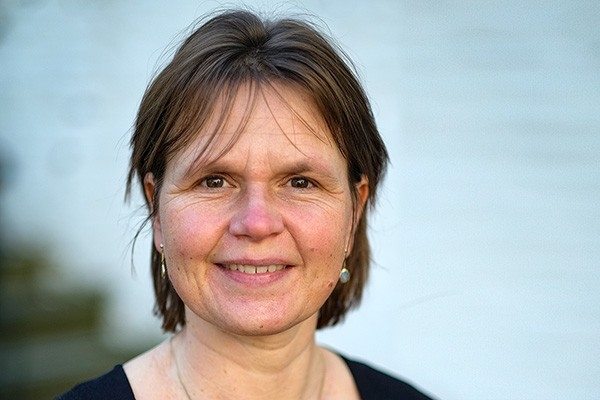Objectives:
ESR10 aims to develop and employ state of the art hybrid molecular non-invasive imaging (PET/MRI) together with comprehensive multiparameter data analysis for the in-vivo assessment of “vulnerable” plaque. This will be approached in different vascular beds (carotids, coronaries) and multiscale view (mouse and human) to provide morphologic, functional and molecular information on the development and response to treatment of atherosclerosis in well-controlled animal models and patients. ESR10 will be closely linked to ESR7 (vascular remodelling) and ESR11 (NaF imaging of intimal calcification and plaque vulnerability) and will provide an advanced imaging platform for non-invasive in-vivo testing and monitoring of interventions developed in other ESRs. In addition, ESR10 will have links to Siemens (clinical PET/MRI) and Philips (preclinical PET/MRI) Healthcare, which will provide their acquisition and reconstruction software for imaging sequence development and clinical translation. The PhD student will follow Siemens courses on pulse sequence programming and/ PET/MRI.
Methodologies:
ESR10 focuses on hybrid PET/MRI of plaque vulnerability. Maastricht and London have an identical clinical integrated PET/MRI system, a fully digital preclinical PET insert (KCL) and complementary expertise in cardiac and vascular PET imaging including MR carotid and coronary artery imaging, thereby providing an excellent research and training platform for cardiovascular PET/MRI. Human and preclinical PET/MRI studies will focus on vulnerable plaque characterization, i.e. endothelial permeability (contrast enhancement on LGE or short T1 on T1 map after injection of the molecular albumin-binding MR imaging agent Gadofosveset), inflammation (uptake of 18F choline in PET), and intraplaque haemorrhage (hyperintense signal on T1w TFE MRI or short T1 on T1 map). The imaging protocols that are being developed in ESR10 (healthy volunteers, followed by patients with carotid and coronary artery disease) will be applicable in ESR11 as well. As the major challenge for coronary plaque imaging using PET/MRI is respiratory and cardiac motion we will use the MR navigator for respiratory motion correction. Cardiac motion will be corrected using ECG-gating.

